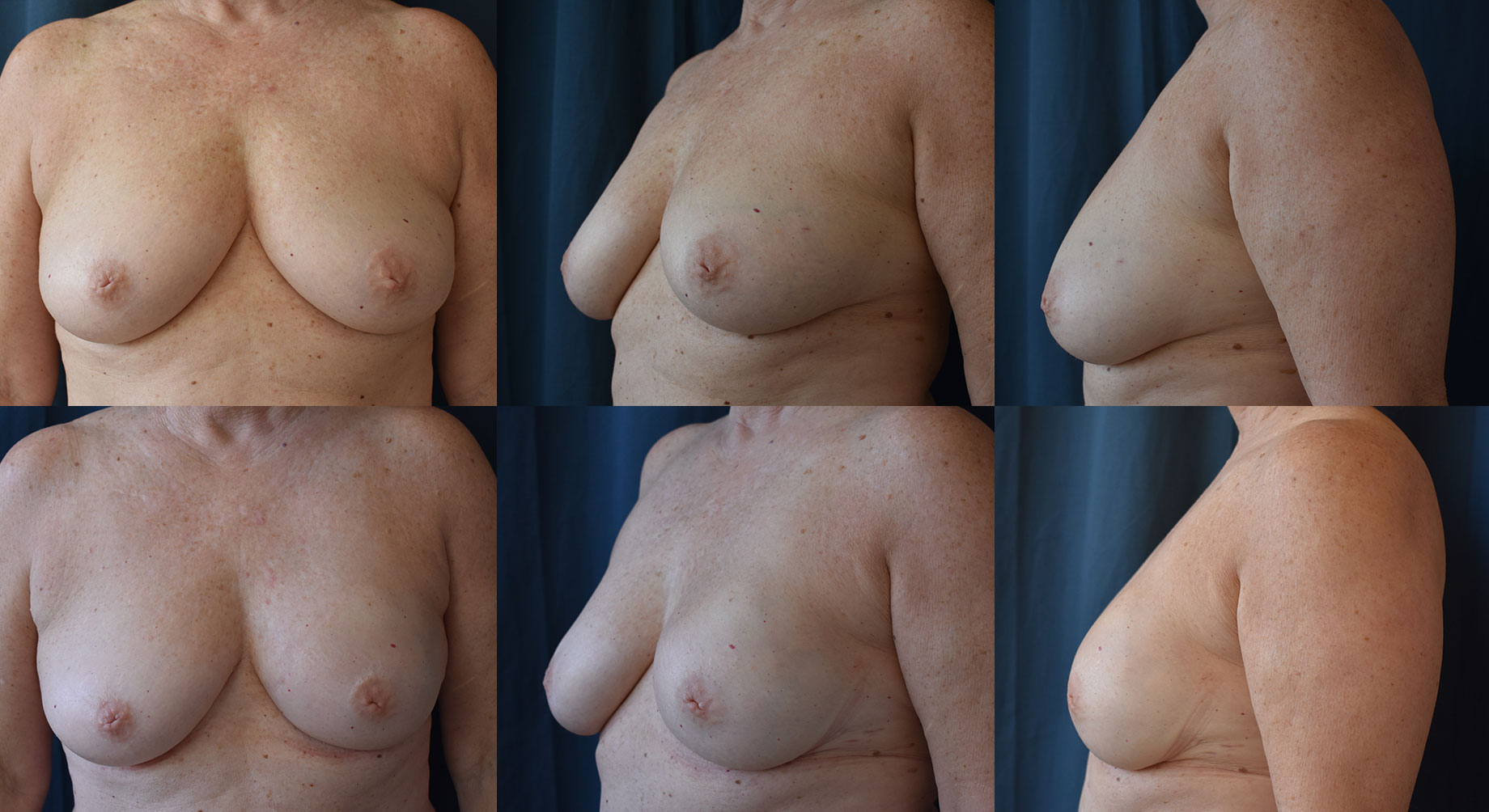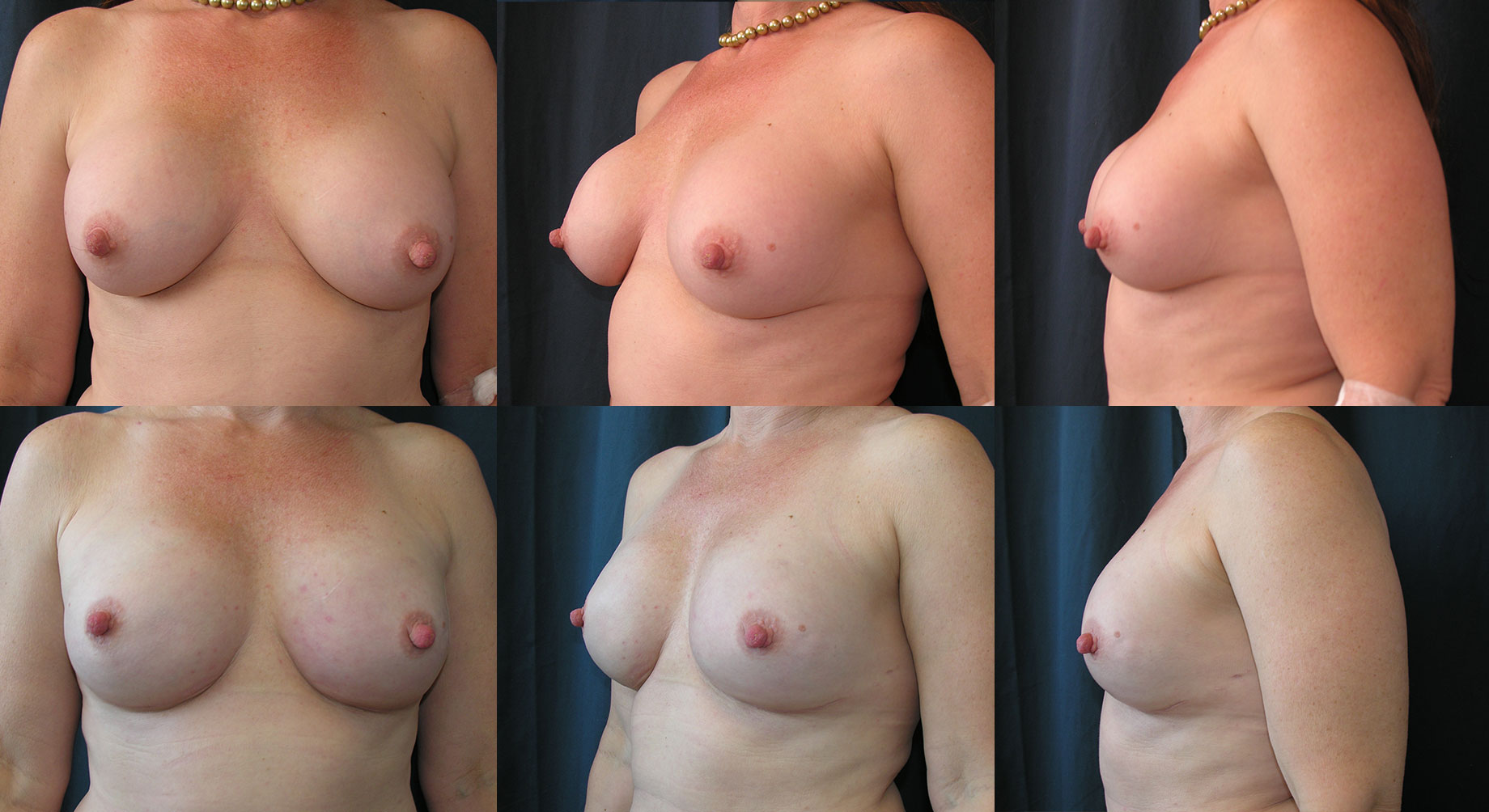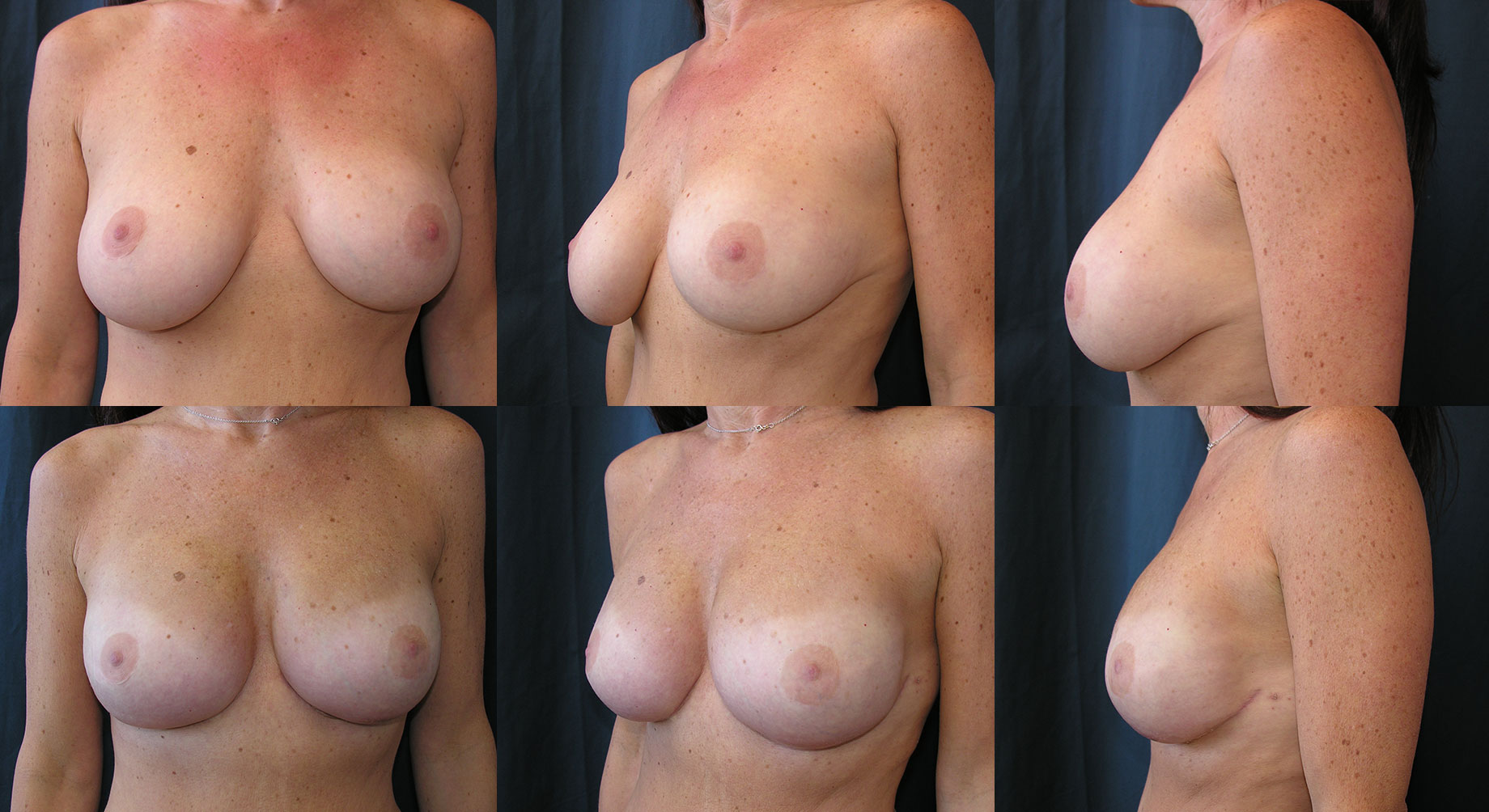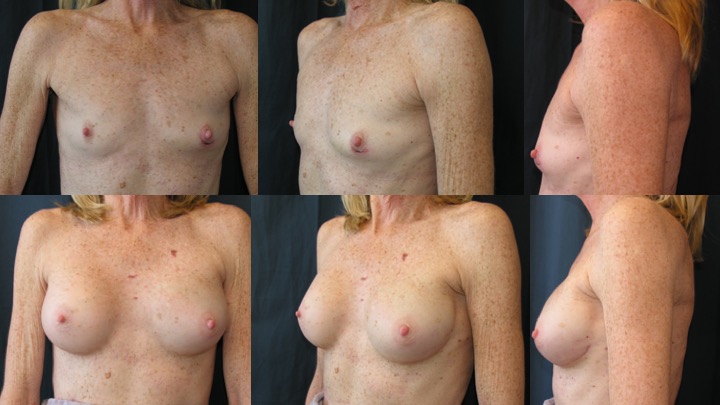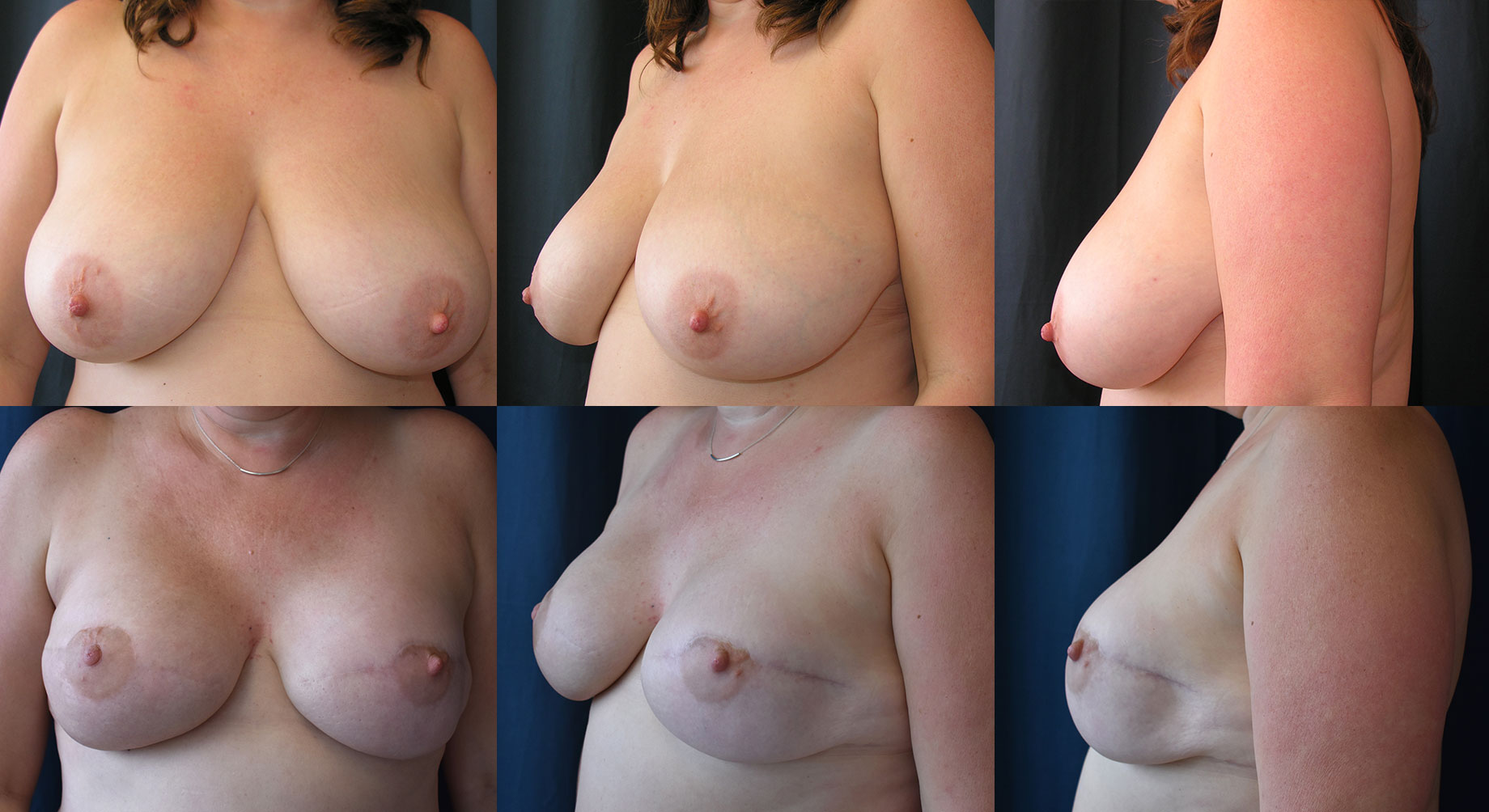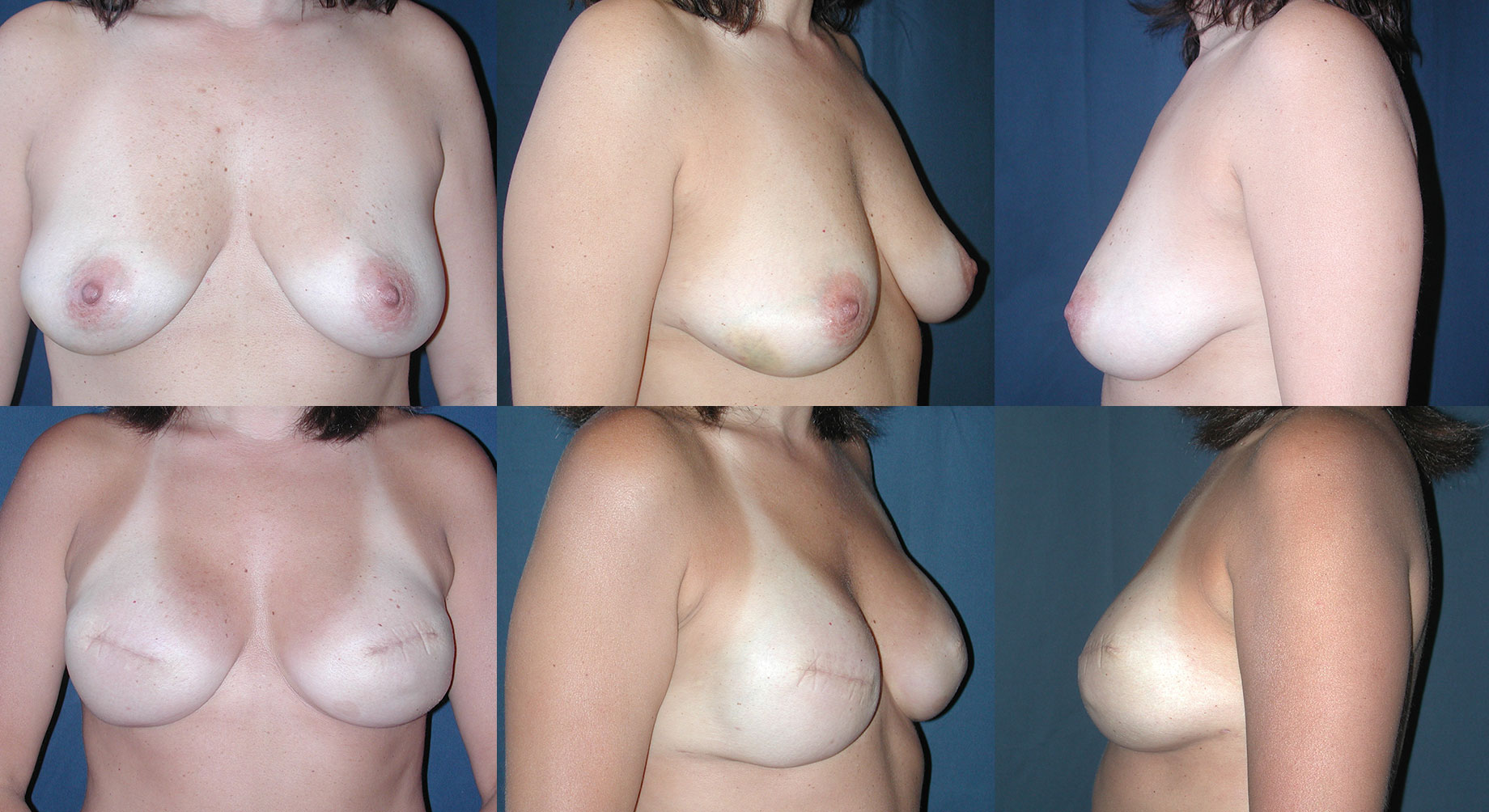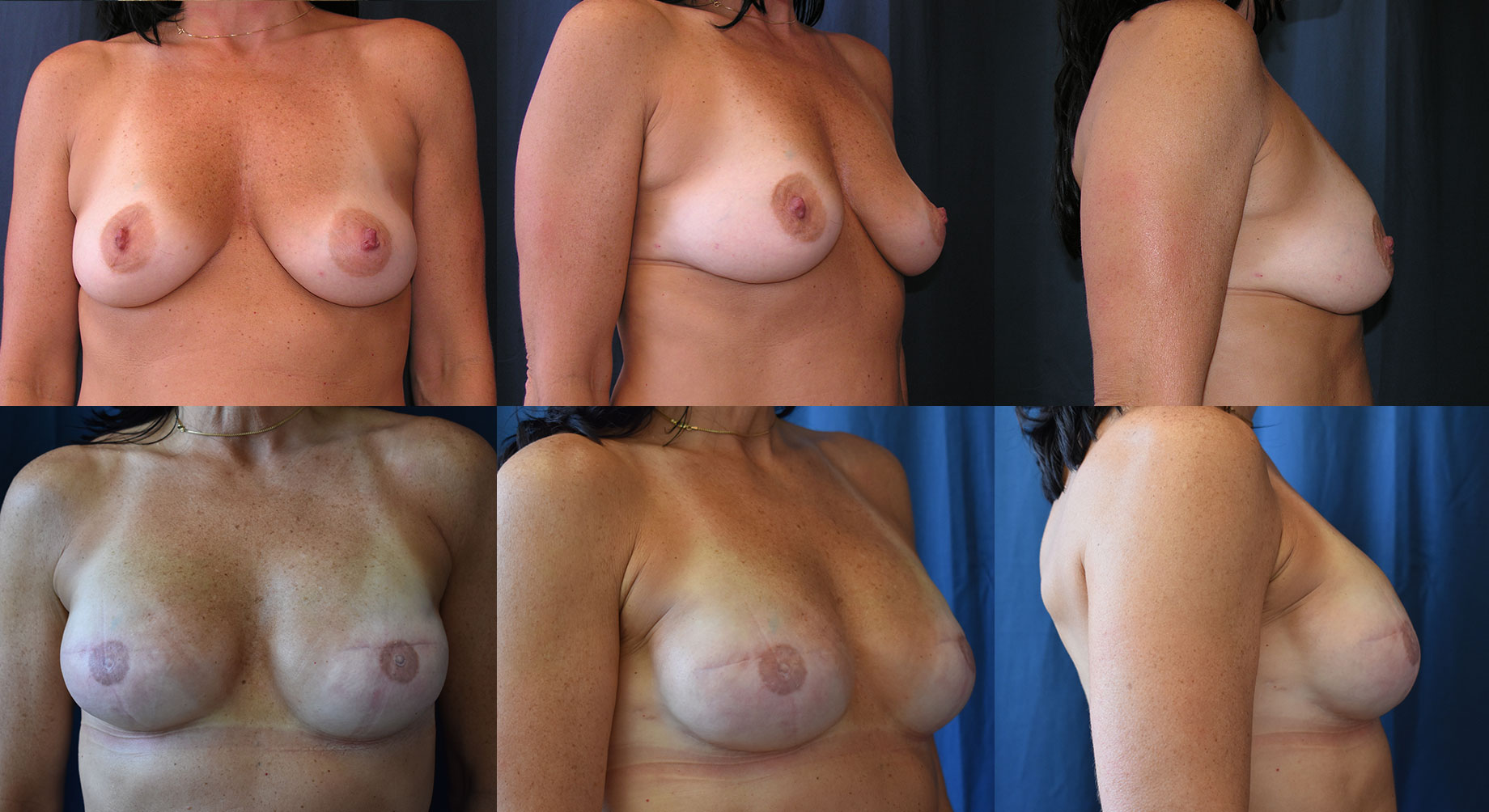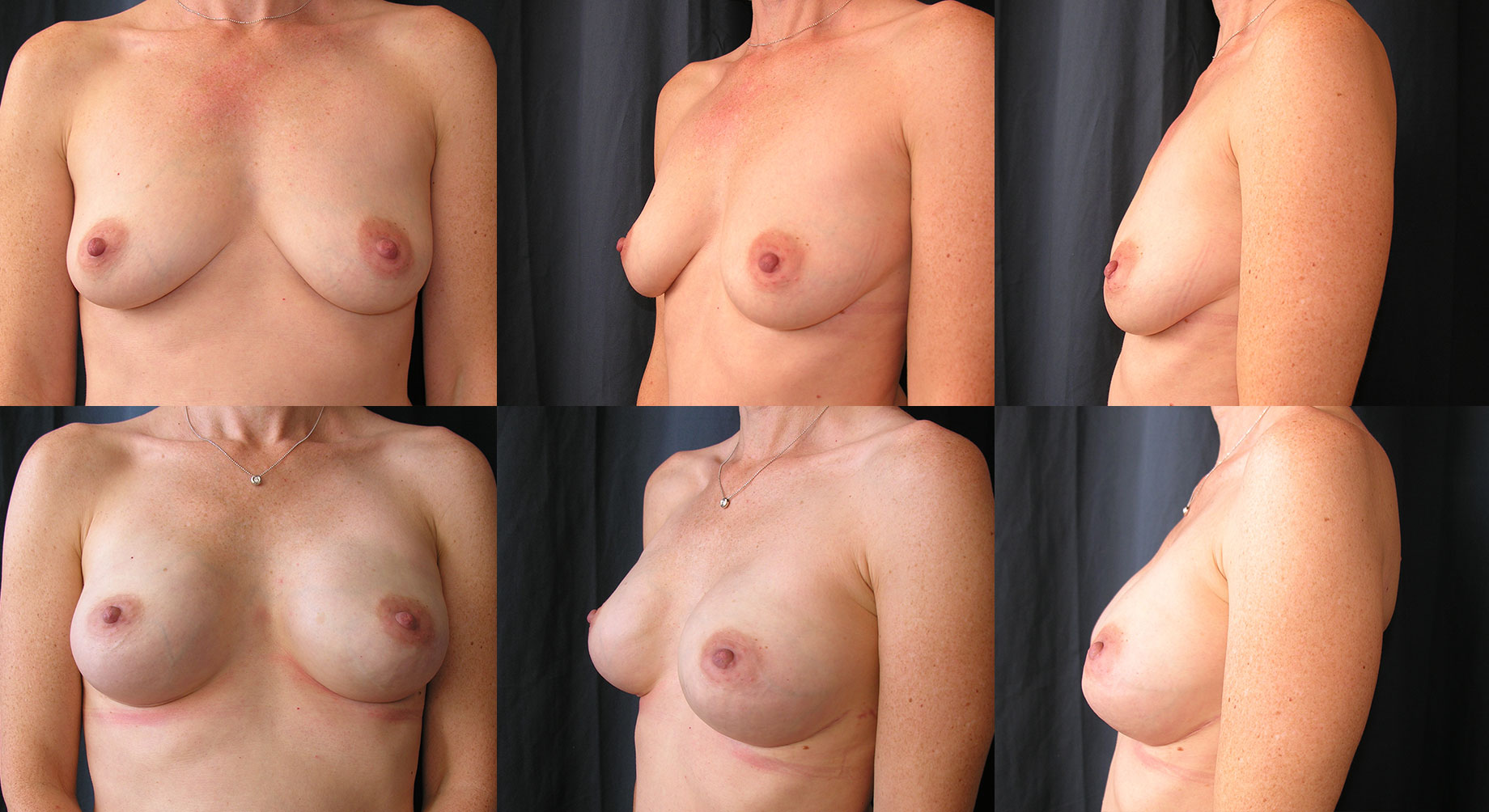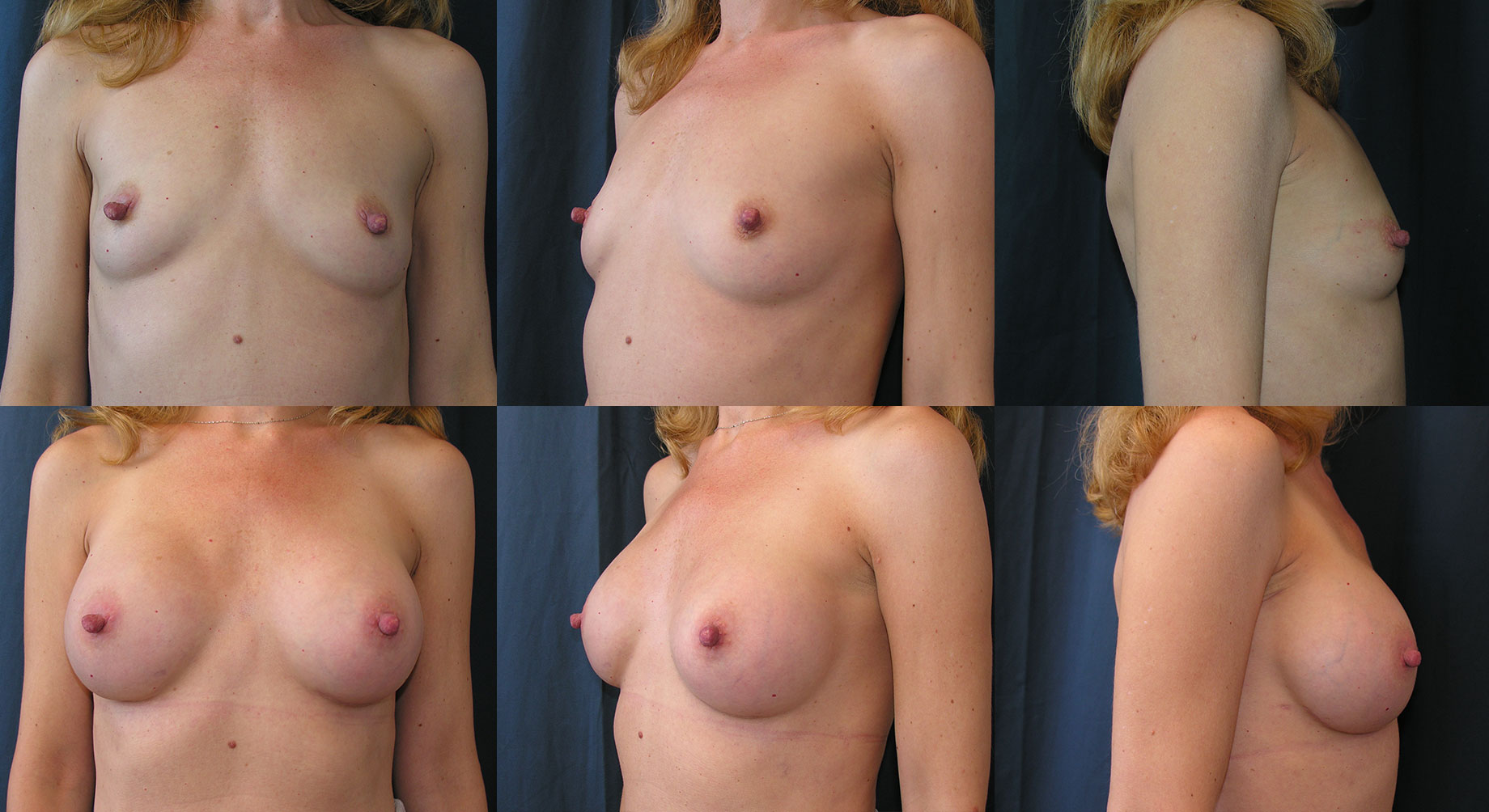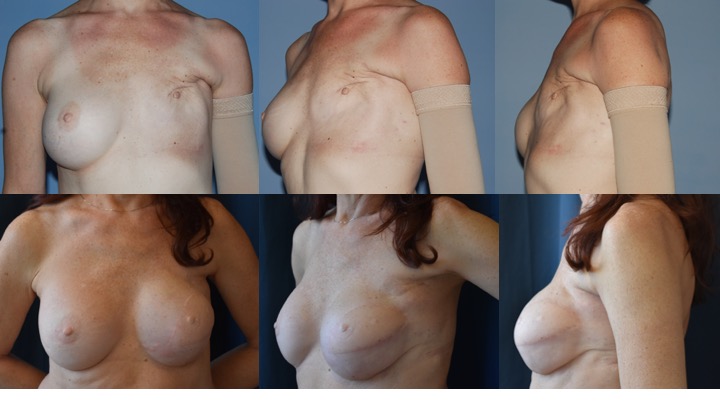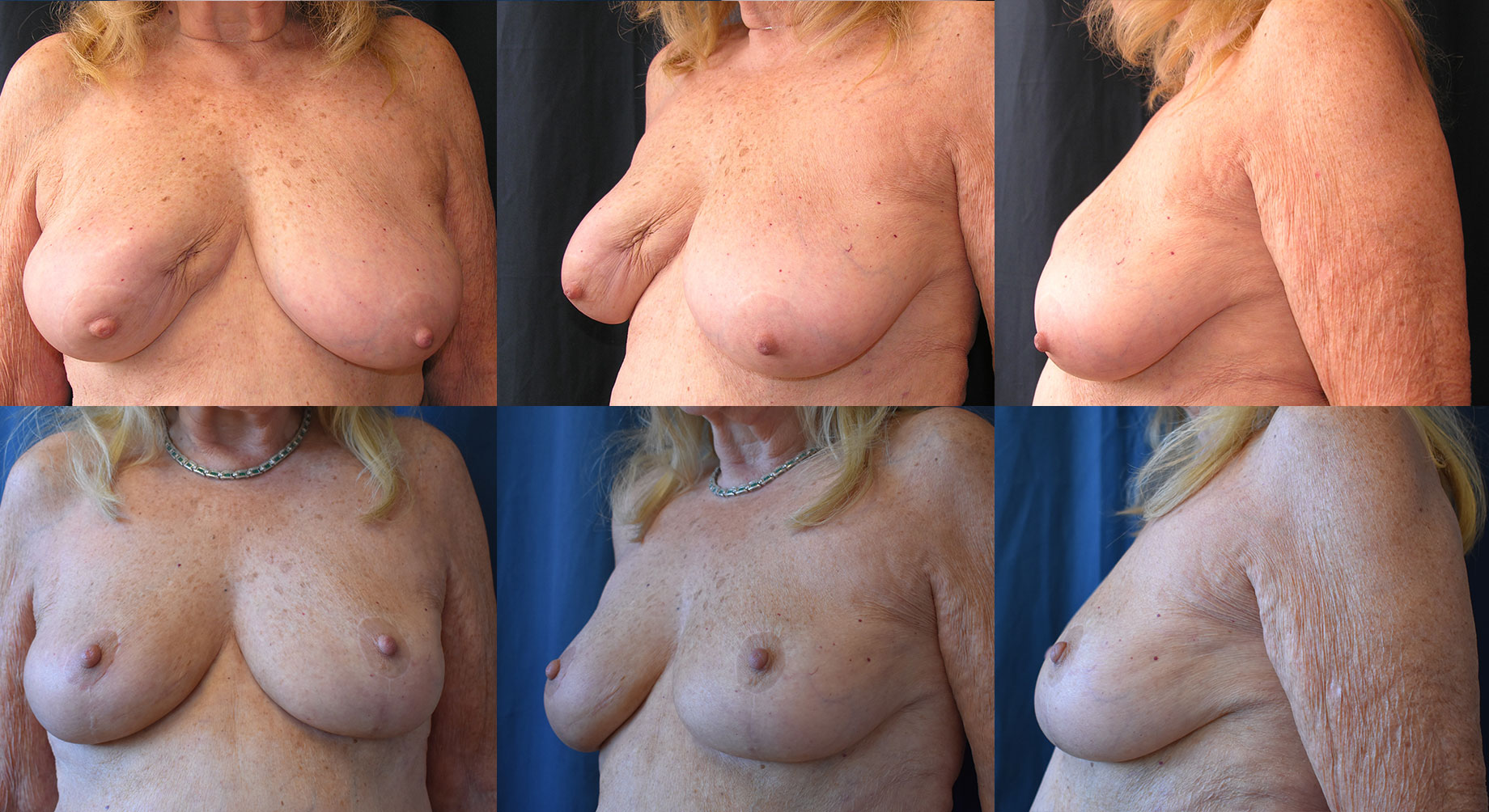Breast Reconstruction
Breast reconstruction refers to rebuilding a breast or breasts that has been lost due to cancer, trauma or birth defect. Breast reconstruction surgery is an extremely personal journey and it is very important to choose the right plastic surgeon for you. You will spend a lot of time with your plastic surgeon if you choose to undergo reconstruction as most reconstructive options require more than one operation to achieve the final desired goal.
Although breast reconstruction can rebuild your breast, the results are highly variable and the following needs to be understood before surgery:
-A reconstructed breast will not have the same sensation and feel as the breast it replaces.
-Visible scars will always be present on the breast, whether from reconstruction or mastectomy. Dr. La Via will discuss scar management to help make the scars as fine as possible.
-Certain surgical techniques will leave scars at the donor site, usually located in more hidden areas of the body such as the back and abdomen
-If only one breast is affected and reconstructed, additional surgery may be necessary on the opposite breast to achieve better symmetry.
There are many options in breast reconstruction and Dr. La Via will discuss all options with you during your consultation in order to help you determine which operation is best for you. The following are the techniques most commonly used by Dr. La Via.
Frequently Asked Questions
Sometimes a temporary expandable device (tissue expander) is placed as a first stage procedure to stretch skin and muscle. This is sometimes done at the time of the mastectomy and other times at a later time after the mastectomy site has already healed. This device is subsequently removed and a permanent beast implant is placed.
With the increased number of patients meeting criteria for nipple-sparing mastectomies, more patients are undergoing immediate single stage reconstruction with breast implants. Since none of the skin is removed, there is no need to stretch the skin unless the patient desires a significant increase in cup size. This is often an excellent option for patients undergoing prophylactic mastectomies due to gene mutations that put them at increased risk for developing breast cancer. The implant can be placed on top of the muscle (prepectoral) or partially under the muscle. Fat grafting is sometimes used in conjunction with implants to improve the overall cosmetic result. Dr. La Via will be able to guide you toward the most appropriate operation after examining you and discussing your personal aesthetic goals.
When radiation therapy is part of the cancer treatment plan, reconstruction can become more complicated, especially when using implants. One way of improving the health of the radiated area is to bring in non-irradiated tissue from another part of the body. The latissimus flap procedure involves transferring skin and muscle from the back to the anterior chest wall to provide a healthy non-irradiated envelope for the implant.
When there is sufficient fat and skin available on the lower abdominal wall, these can also be used to recreate the breasts. There are several variants of this operation, some involving sacrificing all or part of one abdominal muscle and others using microsurgery to reduce the amount of muscle removed.
